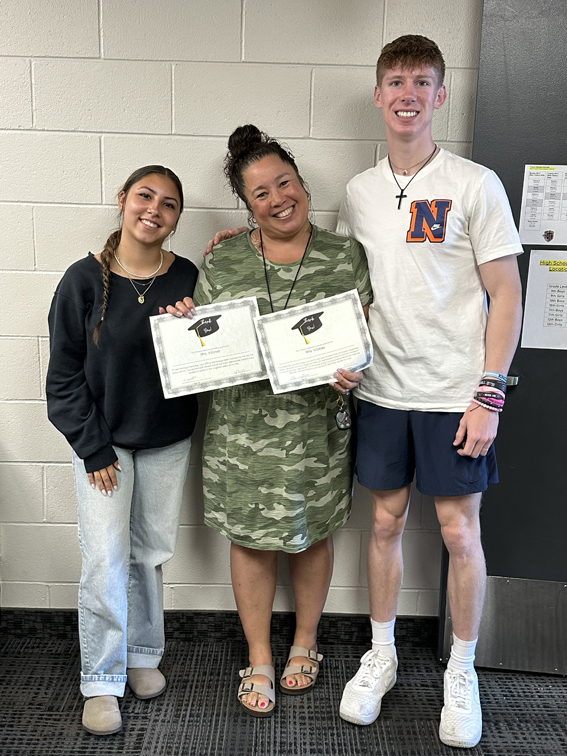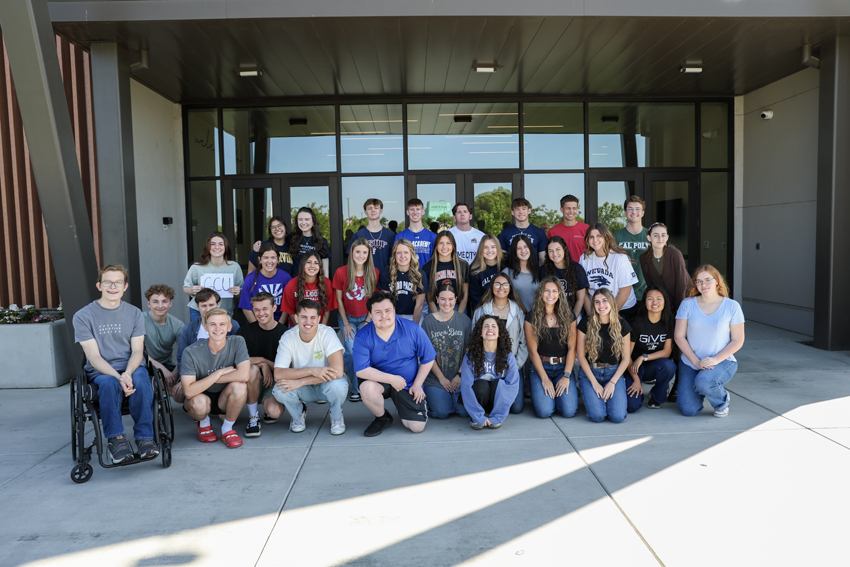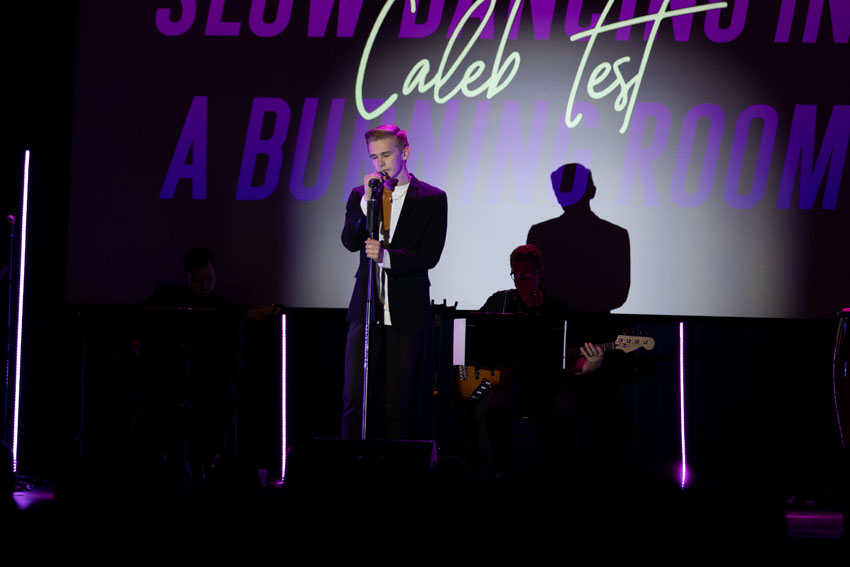Athletes competing in the San Joaquin Valley have to cope with the sweltering summer temperatures. While preoccupied with summer heat, little do they know they are also coating their lungs with arguably toxic air during winter.
“Many people don’t know what the air is filled with when it’s a bad air day and don’t know how the pollutants hurt their bodies,” Gennet Paauwe, California Air Resources Board spokesman, said. “To inform people we have public speakers, local meetings, and facts sheets.”
The warm and sunny summers, which make the Valley ideal for agriculture, also contribute to the smog problems. From heat and sunlight, volatile organic compounds and nitrogen oxides from vehicle exhaust and industrial operations transform into smog, producing bad air days.
“Especially in California, the Coastal Range and Sierra Nevada Mountains play a major role in air pollution,” Paauwe said. “The mountains block the air flow which keeps the pollution trapped in the Valley.”
Due to bad air days, high school sporting events in the Valley are canceled for health reasons. Robert Foshee, campus football coach, has noticed the air quality has been unhealthy and caused problems for outdoor school sports.
“I don’t think the air gets worse every year, but yes it stays unhealthy throughout most of the year,” Foshee said. “Usually when the air is extremely unhealthy, practices are canceled which is good because we run a lot and I’m sure students with asthma would have a hard time breathing.”
Students with asthma and allergies are also affected by pollution.
“Usually during conditioning for sports I have a hard time breathing because of my asthma and the bad air,” Meghan Anderson, ’06, said. “I always have my inhaler with me just in case if I have an asthma attack. During an attack I become dizzy, feel like I am breathing through something smaller than a straw and faint.”
To improve the quality of the air and the health of the people, local air pollution districts create educational programs and control measures.
“We have many programs to teach the community about air,” Josette Merced Bello, San Joaquin Valley Air Pollution Control District public education administrator, said. “For example: Spare The Air Day for ozone pollution, Blue Sky Brown Sky to teach elementary kids, and many speakers that go out to the community.”
New laws and regulations have been put in place to minimize the production of unhealthy air.
“The control district creates new regulations when the community doesn’t corporate with us by trying to help make the air better,” Merced Bello said. “The laws and regulations don’t shut down a business it just limits how much the manufacturing machines can pollute the air.”
A new wood-burning regulation will go into affect from Nov. 1-Feb. 28. The local air district will prohibit wood burning on days when the air is unhealthy. They are predicting to regulate wood burning for 6-25 days during the winter season.
For more information on air quality and pollution, students and parents can go to www.valleyair.org or contact Merced Bello at (559) 230-5850.






